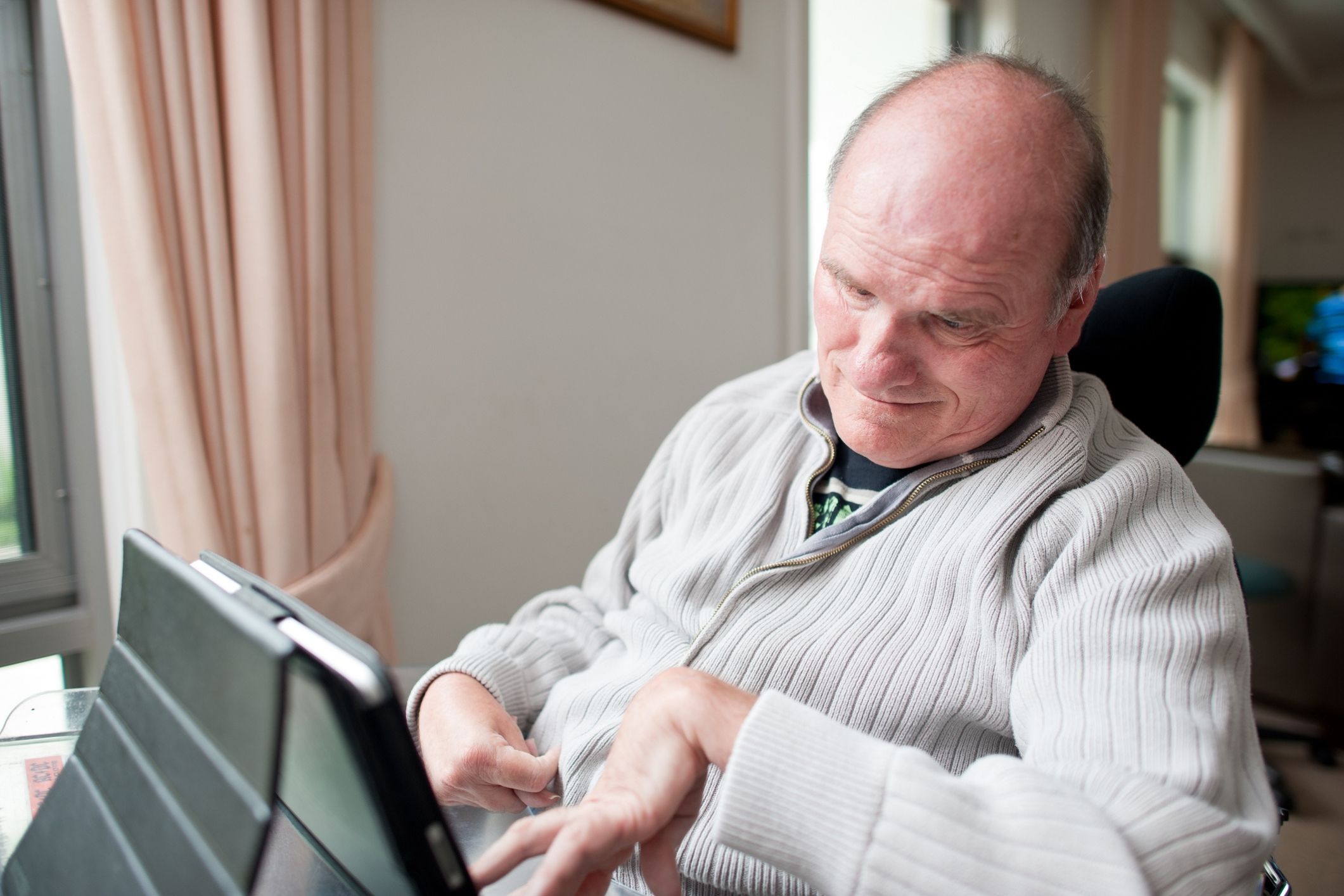
An audience member of the ABC’s Q+A program, who spoke out about her daughter’s treatment by an employer, has highlighted how businesses can discriminate against people with disabilities under the guise of working from home.
Q+A audience member Lisa Burns addressed a panel discussing flexible working arrangements and illustrated how OH&S concerns from her daughter’s employer have impacted her quality of life.
“Her psychologist considers her capable of working and able to work from an office, however, her employers have requested that she work from home due to a fall from a chair where she hit her head – this was the result of a seizure.”
The concerned mother then went on to detail the devastating social implications that working from home has had on her daughter.
“She no longer takes public transport and she doesn’t chat with her co-workers. She sits on the couch at home and works.”
The concerned mother added, “She’s with NDIS, she’s funded to work 16 to 22 hours a week … but if she’s told that she can’t work sitting on a chair, where can she work? Where is her future? She’s 22.”
She also noted that working from home has also enhanced the lives of some people living with disabilities, but expressed grave concern that a lack of choice in this regard would further marginalise others.
Disability advocate Eliza Hull was the first panel member to address Ms Burns concerns and labelled the treatment of her daughter as outright ‘discrimination’.
“That’s purely discrimination. She should be allowed to work there. I mean, it’s different if we’re in lockdown and we all have to work from home, but once we all start to move back – it should be a choice,” said Ms Hull.
“I think that for a lot of people with disability, when the lockdown hit, it was really hard to start suddenly working from home and not have that connection and community.”
Also in attendance as a Q+A panel member, was Telstra CEO, Andy Penn, who pointed to Telstra’s hiring process and reframing of management roles as an example of ways that businesses can be more inclusive of people with disabilities.
“To try and improve our neurodiversity within Telstra, we’ve changed our recruitment process so that we don’t necessarily go through the normal interviewing process for people who have particular mental conditions and challenges that they have to deal with,” said Mr Penn.
Mr Penn added, “You’ve just got to reverse the onus of the obligation.”